Home >
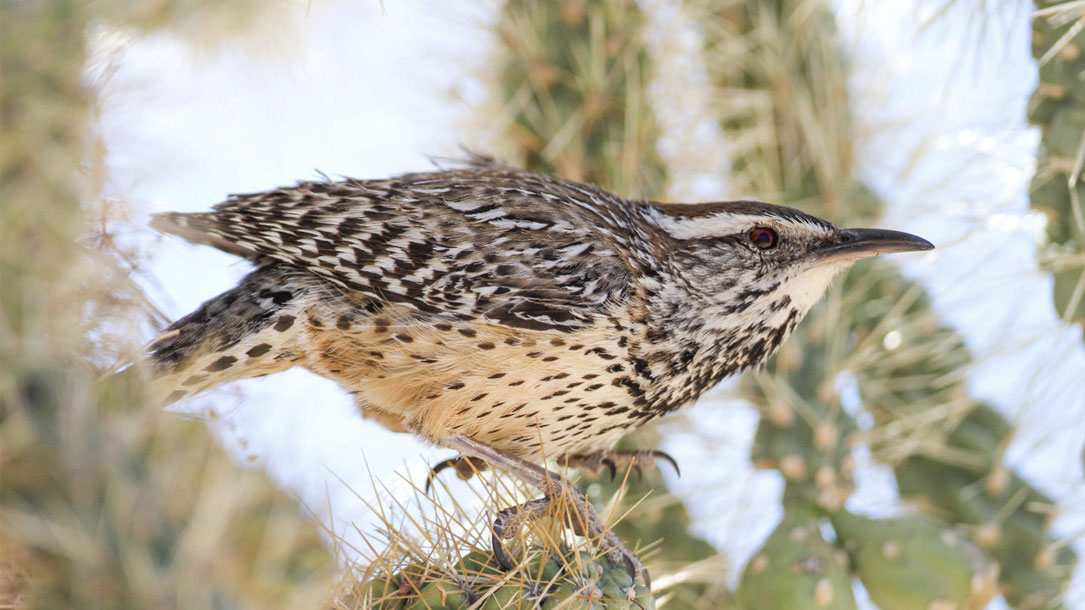
How desert birds can survive with very little water
In the desert Southwest, summer temperatures sizzle, rising well over 100 degrees. And in some parts of the desert, there is not a drop of water for miles.
Yet some birds thrive in this scorching landscape. Here a Black-throated Sparrow sings from a thorn scrub. Now, a Cactus Wren announces itself atop a barrel cactus. And neither will be flying miles every day to the nearest source of water. So how do they survive?
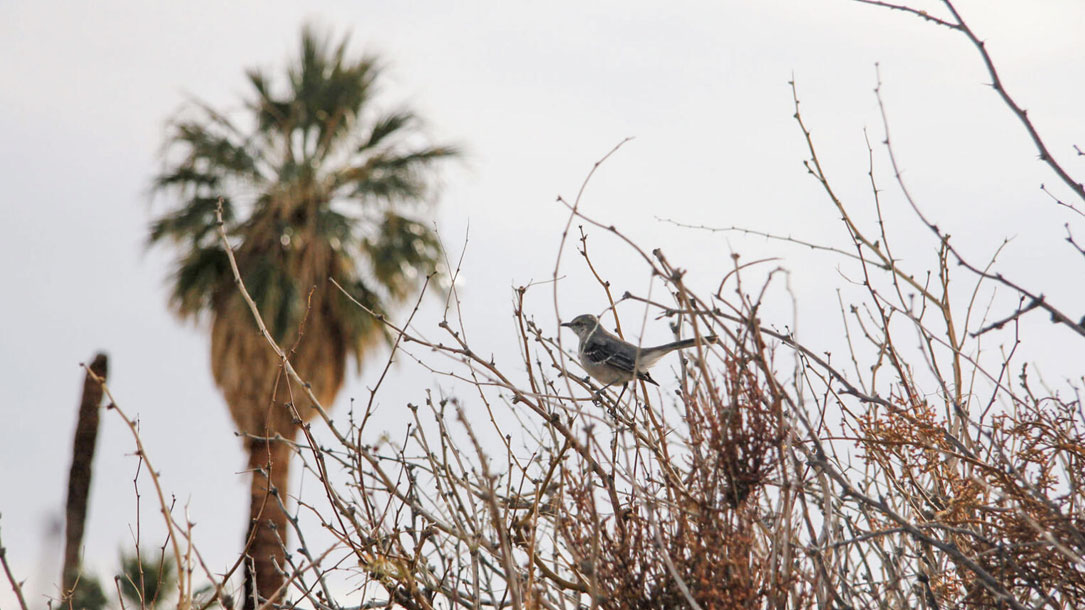
How climate change pushes even the hardiest desert birds past their limit
The Mojave Desert, like many deserts across the world, is getting hotter and drier. Over the last century, it’s warmed by about 3.6 degrees Fahrenheit (2 degrees Celsius), and its already sparse rainfall has declined by 20 percent in some areas. Even before modern climate change, the Mojave’s birds lived at extremes; many desert birds have evolved special drought adaptations to save water. Now they’re facing conditions that exceed their physiological limits, according to new research published in Science.
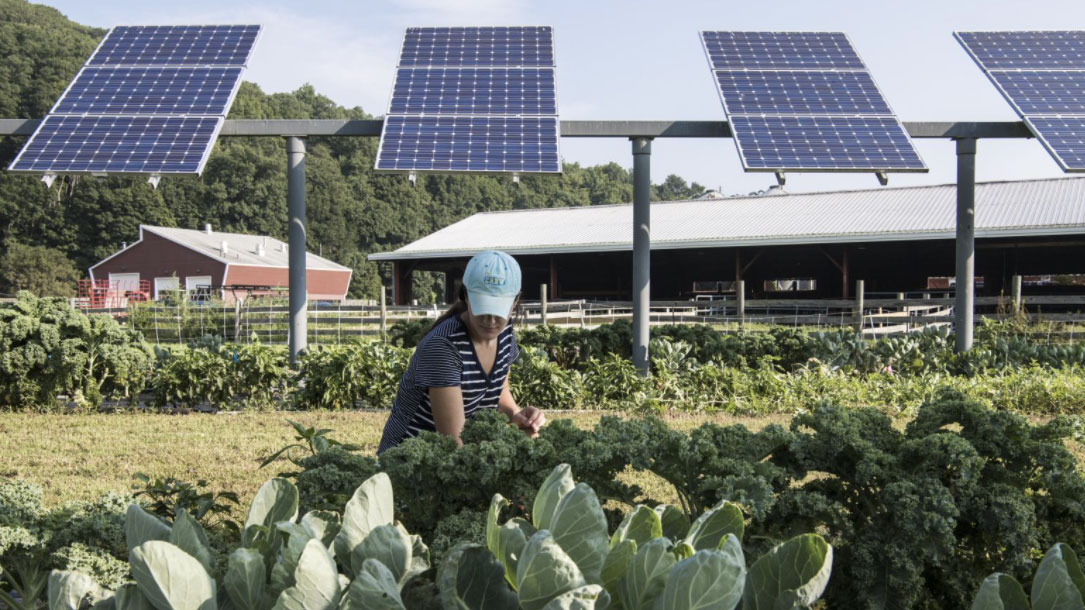
Benefits of agrivoltaics across food, water, energy sectors
Food and energy security need not be competing objectives. In fact, taking a holistic, integrated approach to food-energy-water decision making can increase resiliency of both food and energy systems…
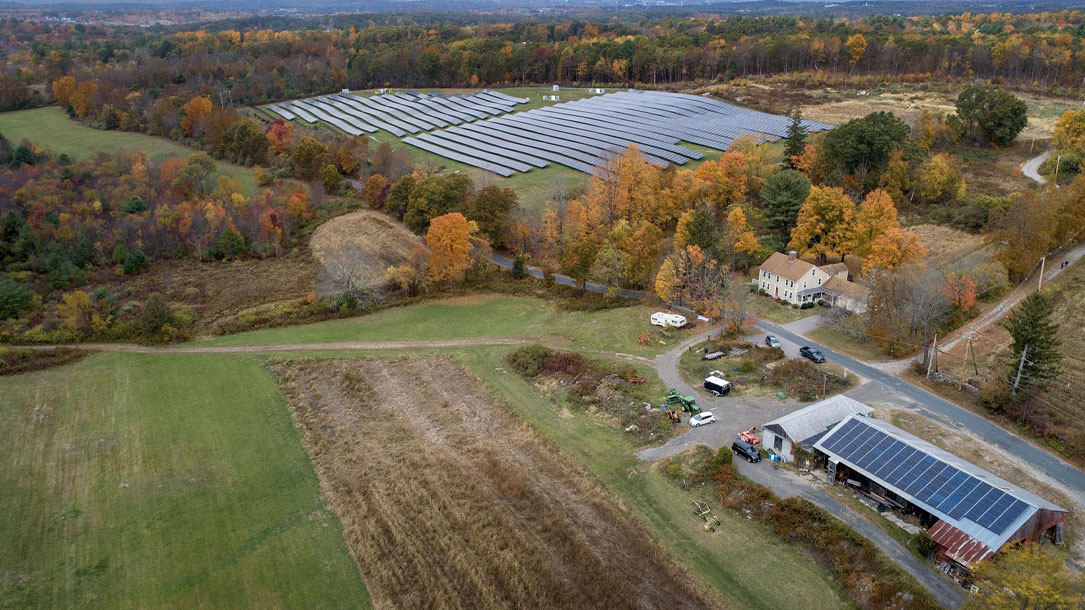
Farms will harvest food and the sun, as Massachusetts pioneers ‘Dual-Use’ Solar
Fickle weather and fluctuating prices make farming a risky business, so five years ago, [Paul] Knowlton installed a new cash crop: solar energy. He turned 19 acres into two solar energy fields. “Doing the solar was very beneficial,” he says. “In the wintertime there is no revenue for a farm. It’s a tough game.”
Knowlton wants to increase the production of solar power on his farm, expanding it to another 14 acres. But this time, cutting-edge technology is making it possible to harvest both the sun’s energy and crops on the same land. It’s called “agrivoltaics” or “dual-use solar”…Knowlton has nine children, and hopes solar will help the farm stay in the family. “We’re going to keep it for the next generation to enjoy,” he says.

Juneau’s climate change solutionists: preserving wetlands and peatlands with Koren Bosworth
While the rest of the world celebrated World Wetlands Day on February 2nd, we in Juneau might wonder if every day is wetlands day, especially when venturing off a developed trail.
We are lucky for it. Our spongy ground might be inhospitable to tromping and building, but it performs a service arguably more important than recreation or development: carbon sequestration.
Juneau’s peatlands and wetlands are carbon sinks, complex biomes that trap carbon in an anaerobic environment, slowing the decomposition of organic material. Coastal wetlands can store five times as much carbon as a tropical forest over time; peatlands store ten times more carbon than other kinds of ecosystems…
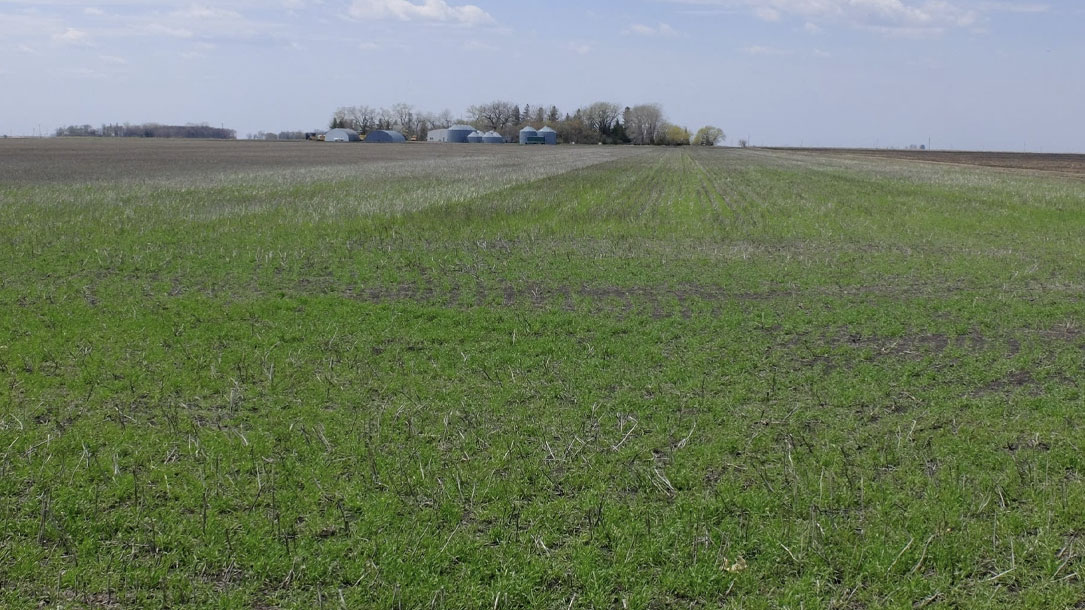
A ‘carbon bank’ could mean extra cash for Midwest farmers
A well-known Minnesota agribusiness hopes to turn climate change concern into cash for farmers.
Land O’Lakes, through its sustainability arm, Truterra, last week launched a carbon exchange program in which companies that want to reduce their greenhouse gas emissions can buy credits, and farmers get paid for increasing carbon storage in the soil…

Beware the soft climate doomists who sow the seeds of non-solution solution
“If outright doomism is generally too shrill to gain much currency in mainstream climate discourse, what we shall henceforth refer to as “soft doomism” has found its way to the very centre of the conversation.
Soft doomists don’t quite argue for the inevitably of our demise as a species, but they typically imply that catastrophic impacts are unavoidable and that reducing carbon emissions won’t save us from disaster…”
P.S. You might want to order his new book, The New Climate War.
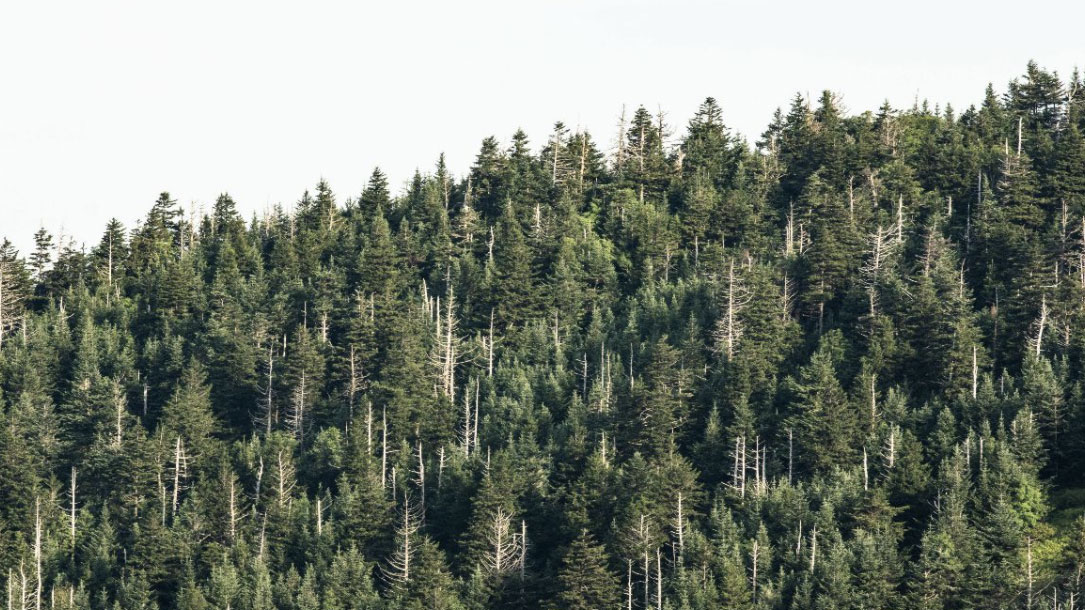
Study: How close are we to the temperature tipping point of the terrestrial biosphere?
This study, published Wednesday in Science Advances, analyzed more than 20 years of data from about 250 sites that measure the transfer of carbon dioxide between land and plants and the atmosphere—the way the planet breathes. Forests and the rest of Earth’s land-based ecosystems take up about 30 percent of human carbon emissions, so any big change in that process is important…
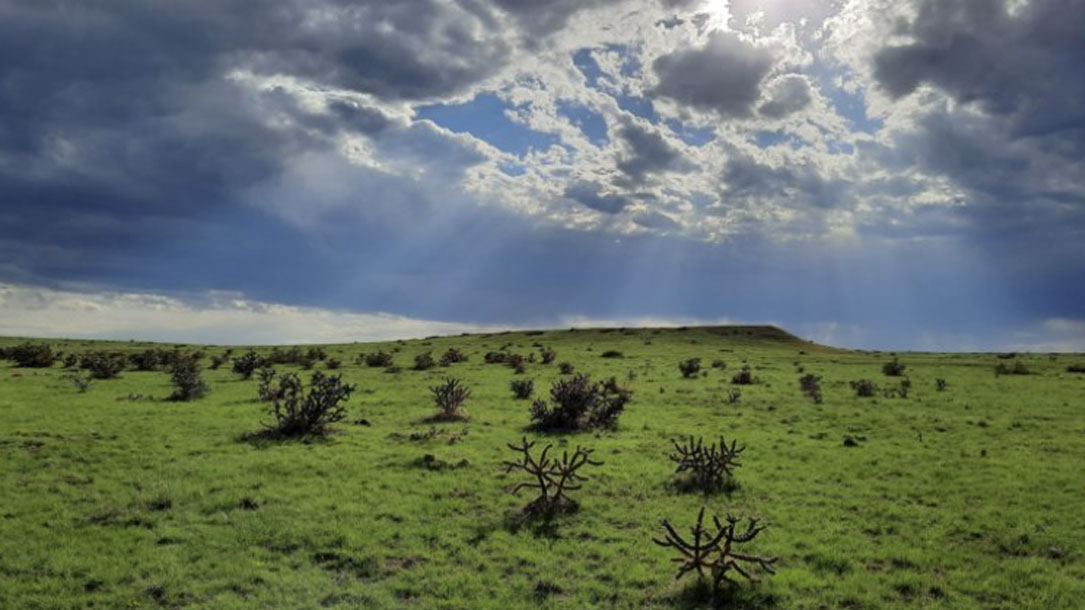
Medford Spring Grassland Conservation
“Grasslands store one-third of the Earth’s carbon, and just one acre of grassland can store an estimated 50 tonnes of carbon or more. Yet, in the U.S., over one million acres of grassland are still converted each year, which has the potential to release 50%-70% of the carbon they hold as carbon dioxide (CO₂).
The Medford Spring grasslands in southeastern Colorado are facing an imminent threat of conversion to cropland given its soils are suitable for farming, and cropland rental rates for winter wheat, milo, sorghum, alfalfa, and other row crops, are more than five times pastureland rates in Bent County, CO. A permanent conservation easement will preserve the grasslands and avoid conversion of the land to farming or development. This will prevent an estimated 190,000 tonnes of CO₂ from entering the atmosphere over the next 50 years. This is the equivalent of almost 208 million pounds of coal burned…”
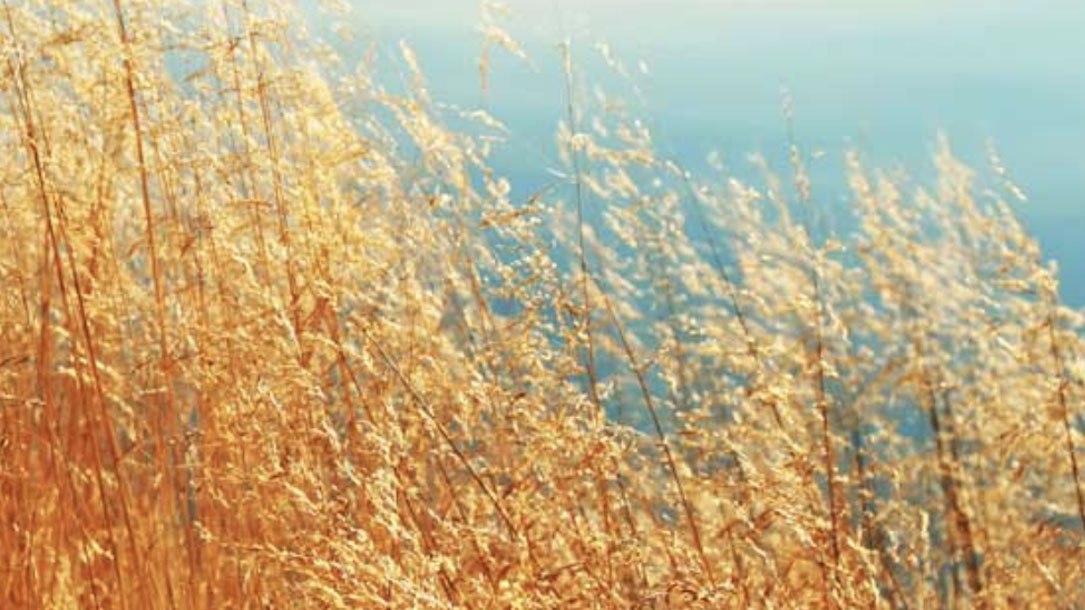
The Climate Action Reserve
“As the premier carbon offset registry for the North American carbon market, the Climate Action Reserve encourages action to reduce greenhouse gas (GHG) emissions by ensuring the environmental integrity and financial benefit of emissions reduction projects.
The Reserve establishes high quality standards for carbon offset projects, oversees independent third-party verification bodies, issues carbon credits generated from such projects and tracks the transaction of credits over time in a transparent, publicly-accessible system.
The Reserve offsets program demonstrates that high-quality carbon offsets foster real reductions in GHG pollution, support activities that reduce local air pollution, spur growth in new green technologies and allow emission reduction goals to be met at lower cost…”












